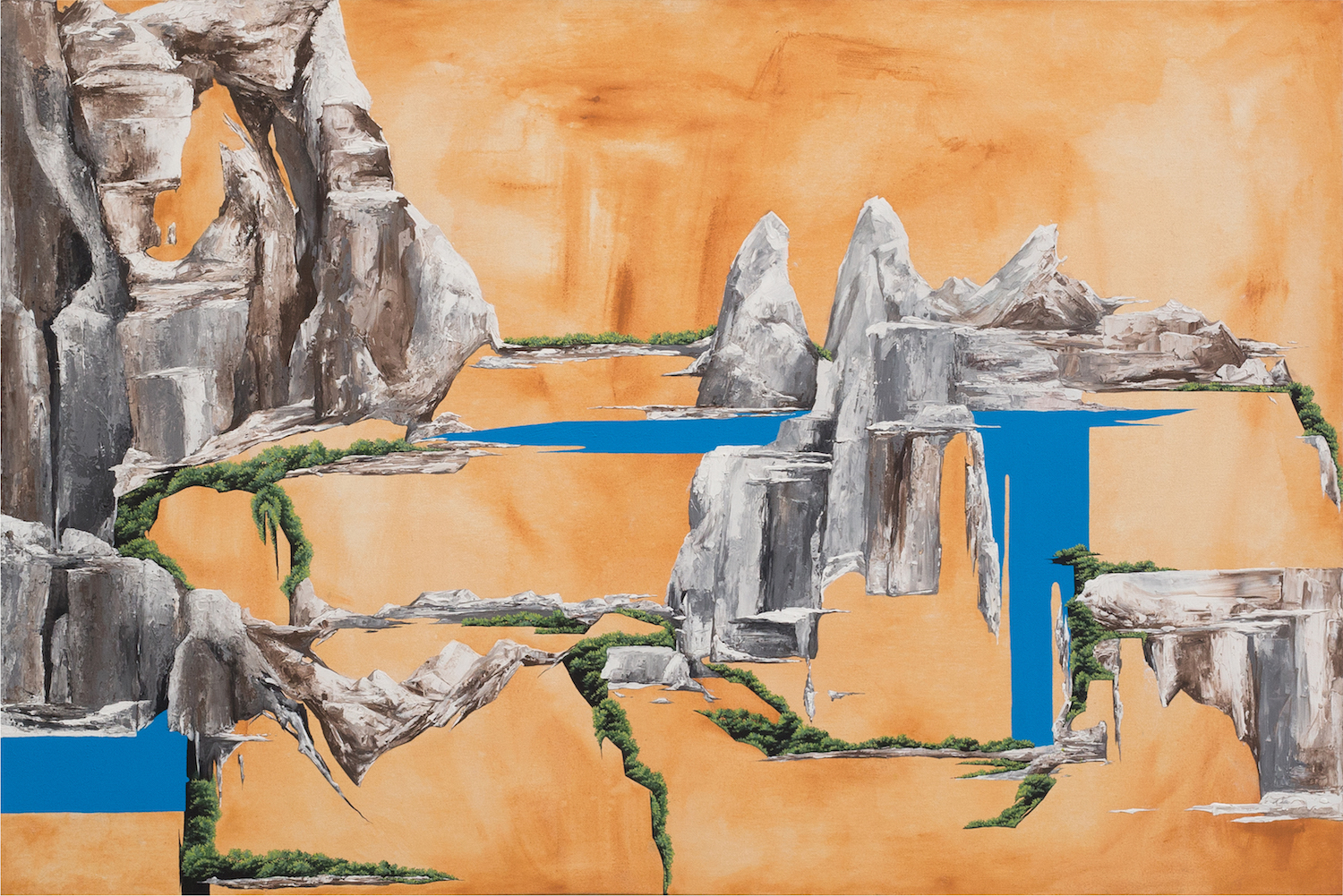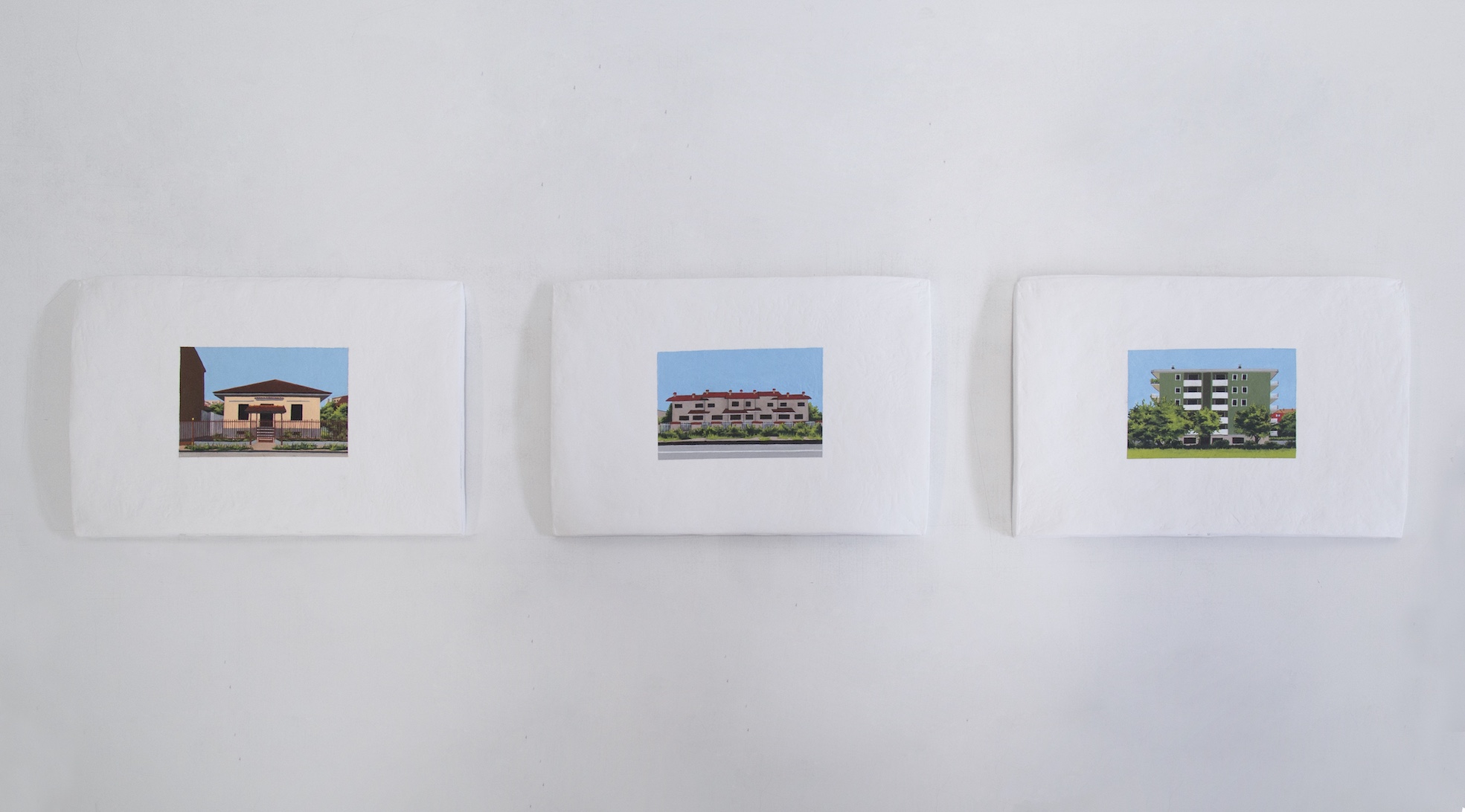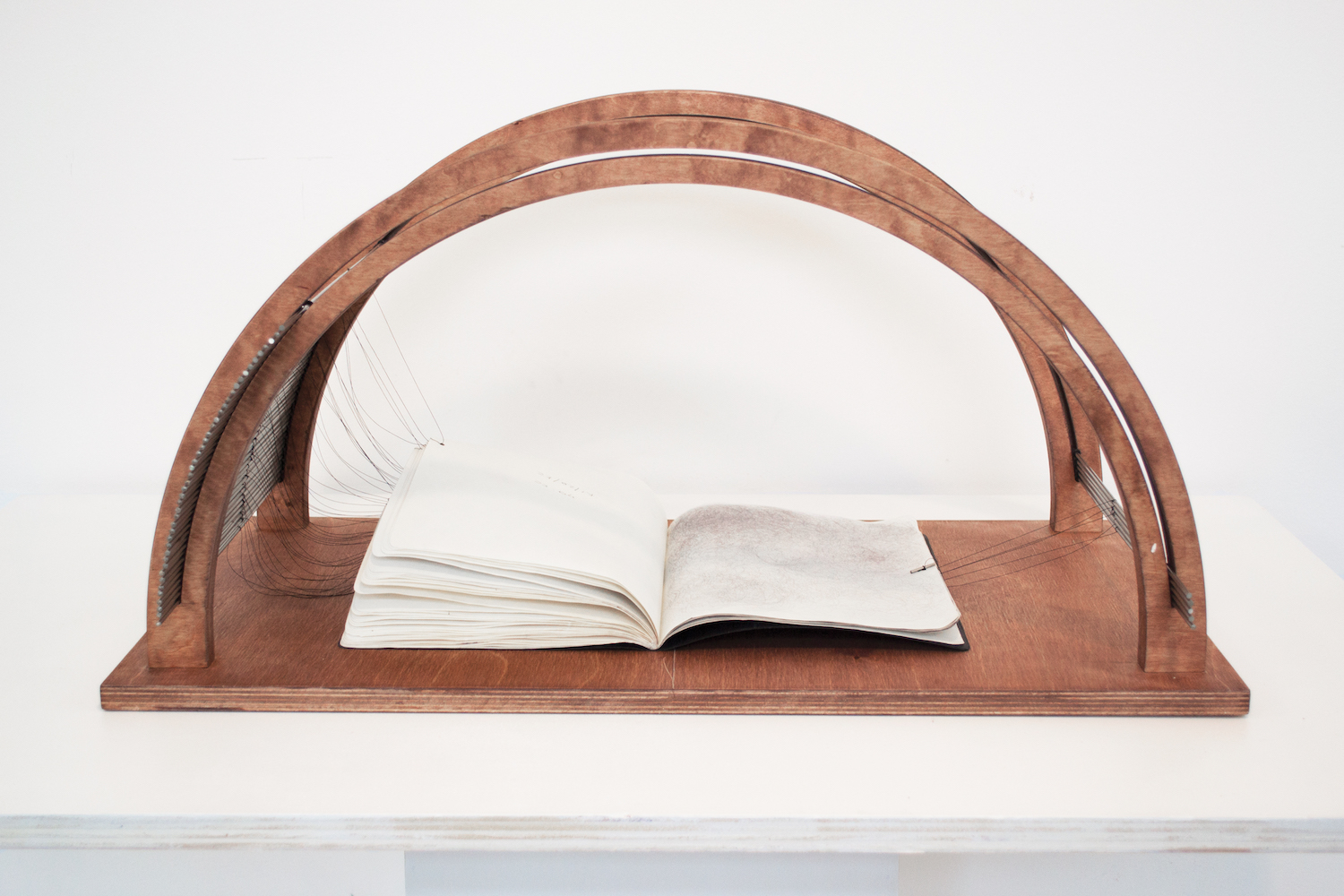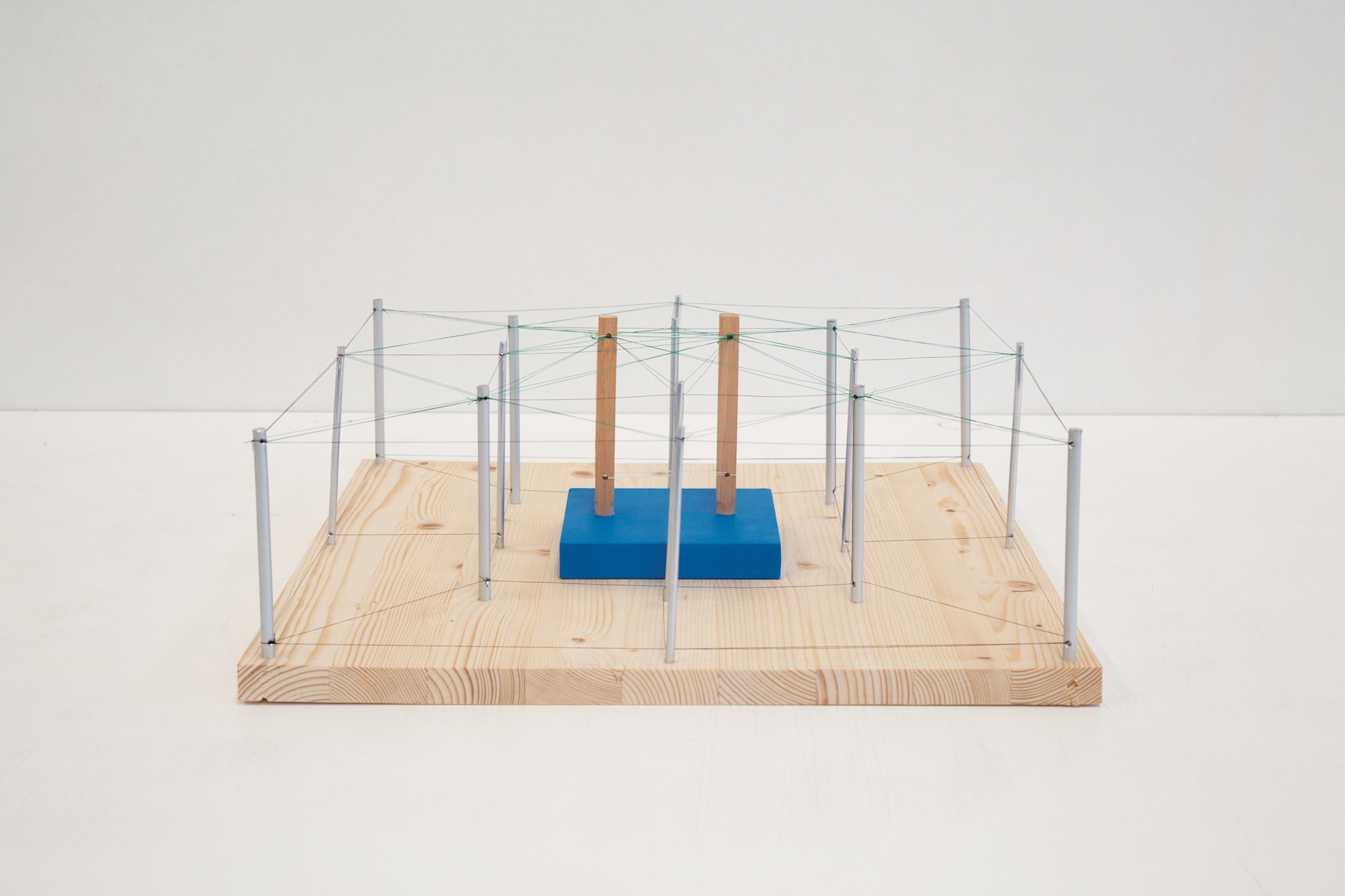Camilla Alberti
Born in Milan, 1994.
Lives and works in Milan.
After receiving her high school diploma, she attended the Faculty of Philosophy at the University of Milan for one year, at the same time that she started to get interested in contemporary art. In 2014 she leaves the studies in philosophy to enroll in NABA (Nuova Accademia di Belle Arti di Milano), where she obtained an BA and is now pursuing an MA.
Songline (2016-17)
Songlines (2016-17) is a pictorial research which founds on earth’s forms and materials. The spacial concept, already analysed in Rational Space – System and Rite of Architectural Body projects, is now approached with the painting tool. It elaborate the concept ‘aboriginal songs as a territorial map’, according to the book of Bruce Chatwin: Songlines (1987). The work starts isolating a detail from a landscape picture. It goes into a process which simplify its form till the extent to perfect its external feature. The space has been discovered and told through painting, similarly to the aboriginal songs which are shared by Australian scenarios stories. Developing the process the reality looks filtered through a personal interpretation and the definition in itself adds schematic constructions to the landscape composition. Moreover, the fact of removing elements allows a more direct and contrasty view. The real space has been deconstructed and reassembled in a new setting, now deprived by the human presence.
Cornaredo (2015-16).
The aim of this work is to analyse the three types of “house” present in the artist’s town, Cornaredo, considering them from an architectural point of view—so in their visual impact and structure—, and from a social point of view, that is to say from the idea of community: a human environment within a defined space. The analysed architectures are three: the villa, the palace and the town house.
Regressione (2016-17).
The work is the result of a process of Hypnotic Regression, a practice used in psychology to recover memories that memory itself seems to have erased, which has been followed by the artist for this work. The drawings are, therefore, the fruit of fifty regression “exercises” during which, through the repeated gesture of drawing circles, the artist managed to detach herself from a physical reality.
The investigation moves from the physical field to a plane that could be defined as “astral”. Regression, in fact, is not only a tool but a “ritual” that allows access to memories that the body has never experienced in this life.
The built display is essential to be able to go through the diary. In fact, it allows for the pages to be turn without having to touch them directly, and thus preserving in this way the dimension of intimacy that the drawings trace on the paper.
Rite of Architectural Body (2016-17)
“Rite of Architectural Body” aims at rediscovering the identity of the body in tribal rituals.
The focus of the project is to define the relationship between the human body and space considering the physical location of the individual within an area bounded by a sacral value. In the indigenous tribes, architecture assumes a different value from what one is used to attributing to it, but above all it does not have the concrete physicality that we consider inseparable from the architectural practice. According to current cultural models, it is architecture that dictates the social roles of individuals, but in the tribal conception the social roles are the ones to define a spatial distribution that can be translated into a body architecture.
The use of white and blue is applied to highlight spatial sacred areas within rituals. These two colours are in fact attributable to spirituality and the divine.
